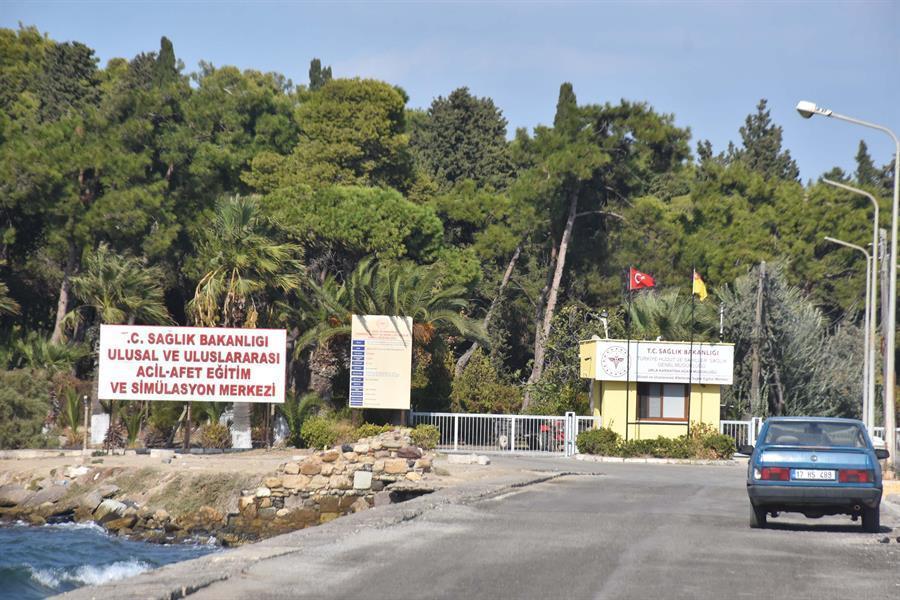
Scientists from Dokuz Eylül University in the western province of İzmir will conduct comprehensive research on the Quarantine Island, which holds historical importance as it was equipped with up-to-date medical instruments and used for quarantine purposes amid outbreaks of diseases such as plague and tuberculosis in the past.
Within the scope of a project of the Scientific and Technological Research Council of Türkiye (TÜBİTAK), the initial phase will involve examining Ottoman archival documents on the island, which was allocated for containing disease outbreaks. Subsequently, the island's history, which extends back to the Turkish Republic era, will be explored through newspaper articles. Visual analysis will also be conducted during field research.
During the 18th century, İzmir had to cope with plague outbreaks for 54 years. Especially towards the end of the 19th century, quarantine measures were necessary in İzmir. The quarantine organization was first established in Istanbul in the mid-1830s and then transferred to the western province. Approximately 25 years after its establishment in today’s İzmir’s Quarantine Neighborhood, this practice was moved to Quarantine Island. New structures were built, and it became more effective from the 1880s onwards.
Muhammed Dağ, the project leader, noted that construction began on the island in 1865 and that the region's active use continued until around 1955, making it one of the rare quarantine centers that have survived.
"Even today, we are still dealing with pandemics and epidemic diseases. Epidemic diseases have not disappeared. It is quite important to carry over the difficulties people faced and the solutions they found in the past to the present. Our project will contribute to making some observations about the pandemics that occurred during our period," Dağ said.
"In fact, we are experiencing similar things. In that period, when people contracted any of the epidemic diseases, they resorted to denial and concealment. Those subjected to quarantine tried to escape from it."
Stating that an important pillar of this project is to address the communication conflicts experienced during epidemics in terms of economic, social and cultural aspects, the project also aims to examine psychological variables within the quarantine environment.
"For this purpose, we will not only use the data and methods of history but also leverage data methods from disciplines such as psychology, sociology, economics and medical sciences."